In your head, in your head, they’re still fighting
(The Cranberries)
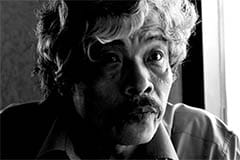
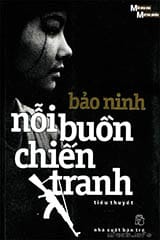
 chance of having a (not-so-) free week at home rereading the old books… The sorrow of war (or Nỗi buồn chiến tranh in Vietnamese). It’s the same dizzy and chilling feelings like 15 years before while the me-child was reading. Considered one of the best post-war Vietnamese novel, the author recalls and recites all experiences of a young soldier throughout the war, how he did survive through the blooding hell and the peace days thereafter.
chance of having a (not-so-) free week at home rereading the old books… The sorrow of war (or Nỗi buồn chiến tranh in Vietnamese). It’s the same dizzy and chilling feelings like 15 years before while the me-child was reading. Considered one of the best post-war Vietnamese novel, the author recalls and recites all experiences of a young soldier throughout the war, how he did survive through the blooding hell and the peace days thereafter.
Born to be the son of a famous linguist, the author has been very successful in using a narrative style to reflect all insides of the him-young soldier in battles. Though the techniques and motifs are not quite new (at least in my view), this is a unique writing in it’s own perspective.
Soldiers, guns, tanks – that is all normal to the Vietnamese. There is nothing special about war. War is what is normal. But peace? Peace is something very very special. As we had won, Kien thought, then that meant justice had won; that had been some consolation. Or had it? Think carefully; look at your own existence. Look carefully now at the peace we have, painful, bitter and sad. And look at who won the war… Justice may have won, but cruelty, death and inhuman violence had also won.
Have you ever asked yourself why we’re keep talking about war and keep acting as we’re in war all the time, don’t we have any better new things to think about? Why we still keep fighting with ourselves and with every others on every things in every moments. The answer is: with our Vietnamese, “war is normal, and peace’s a strange thing”, the “mother’s heritage” is so big and it is still passing to at least some more generations.
 he LIFE photo archive has been hosted by Google for several months. Just spent some time skimming through the historical photos and images. All comparisons below are taken from the archive, just take a look, the pictures say it all… how propaganda works. I believe a lot more examples could be found! (Click all each thumbnail to view full version).
he LIFE photo archive has been hosted by Google for several months. Just spent some time skimming through the historical photos and images. All comparisons below are taken from the archive, just take a look, the pictures say it all… how propaganda works. I believe a lot more examples could be found! (Click all each thumbnail to view full version).
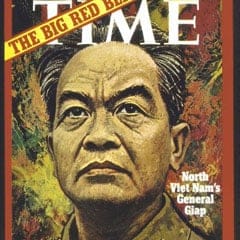
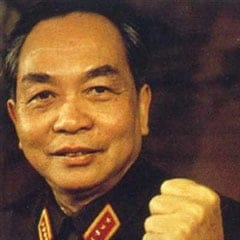
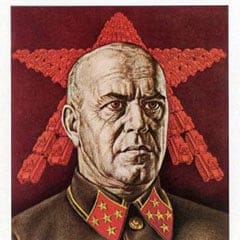
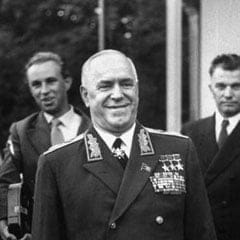
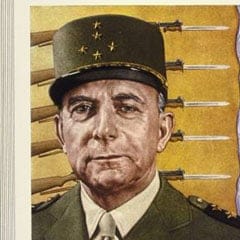
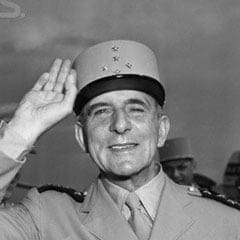
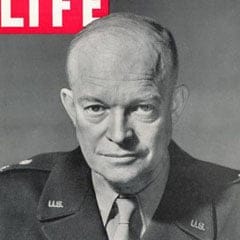
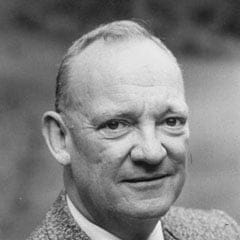

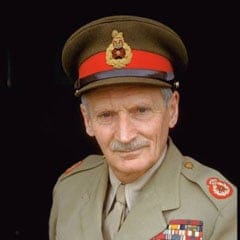
 ài Lời người ra đi này sáng tác năm 1949 trong kháng chiến 9 năm, của tác giả
ài Lời người ra đi này sáng tác năm 1949 trong kháng chiến 9 năm, của tác giả  hay
hay  – bên thì ít vàng nhiều đỏ, bên thì đỏ ít vàng nhiều – Việt cộng, Việt kiều, hai Việt cũng đều chỉ là Việt cả mà thôi! 😬
– bên thì ít vàng nhiều đỏ, bên thì đỏ ít vàng nhiều – Việt cộng, Việt kiều, hai Việt cũng đều chỉ là Việt cả mà thôi! 😬
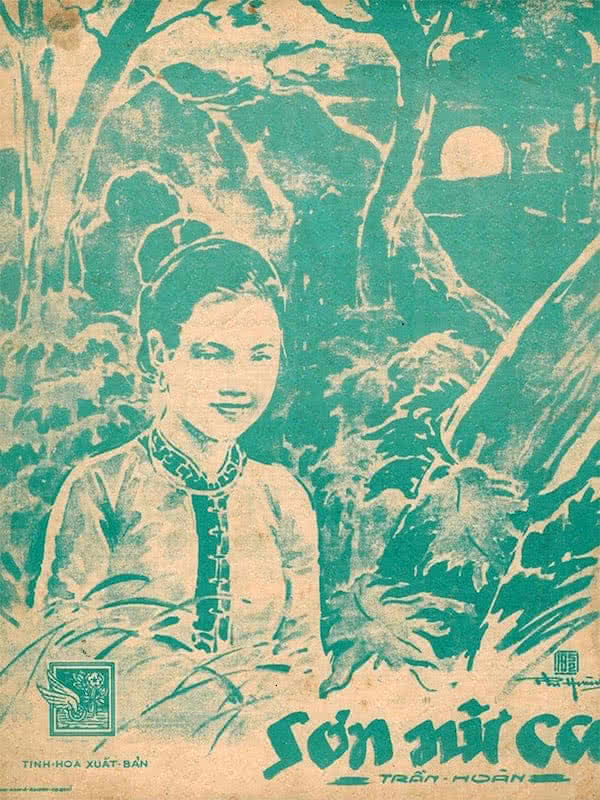


 chance of having a (not-so-) free week at home rereading the old books…
chance of having a (not-so-) free week at home rereading the old books… 
